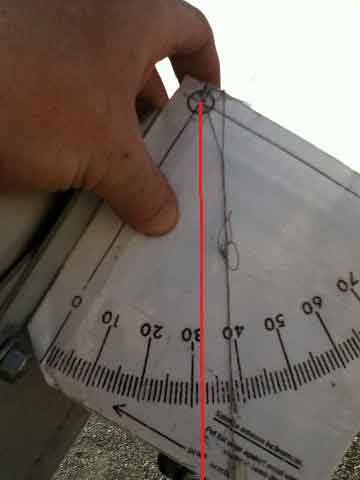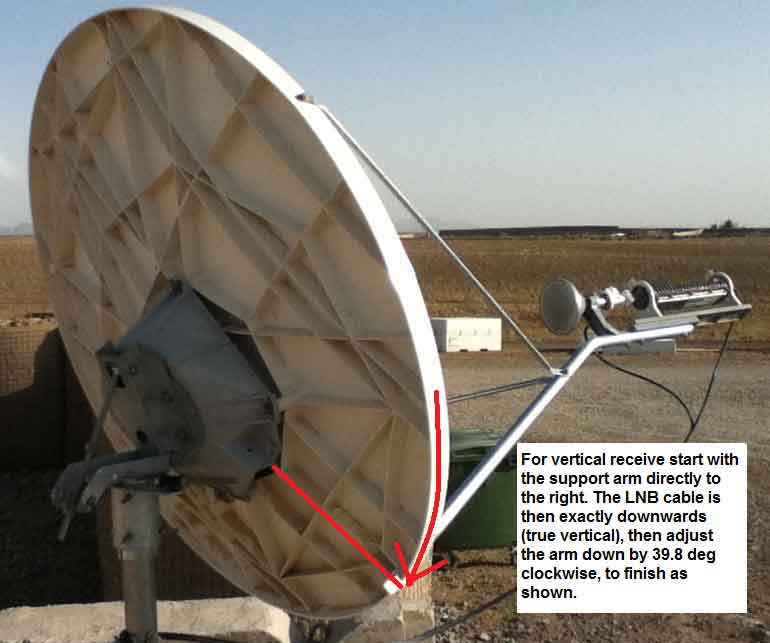Satellite Internet Forum.
Welcome, Guest. Forum rules.To search this site click here > SATSIG search
| Home Login Register |
| Satellite Internet forum › HughesNet and Hughes HX VSATs › HX troubles in Afghanistan |
|
Pages: 1
|
HX troubles in Afghanistan(Read 7395 times) |
|
YoungGuy
Member
★★ Offline Posts: 3 |
Jul 9th, 2011 at 4:52pm
|
| Back to top |
IP Logged
|
|
Eric Johnston
Senior Member
★★★ Offline Posts: 2109 |
Reply #1 - Jul 9th, 2011 at 6:01pm
|
| Back to top |
« Last Edit: Jul 16th, 2011 at 8:28pm by Admin1 »
IP Logged
|
|
YoungGuy
Member
★★ Offline Posts: 3 |
Reply #2 - Jul 9th, 2011 at 7:18pm
|
| Back to top |
IP Logged
|
|
Eric Johnston
Senior Member
★★★ Offline Posts: 2109 |
Reply #3 - Jul 9th, 2011 at 8:53pm
|
| Back to top |
« Last Edit: Jul 16th, 2011 at 8:31pm by Admin1 »
IP Logged
|
|
James-BW
Senior Member
★★★ Offline Posts: 65 |
Reply #4 - Jul 10th, 2011 at 9:41am
|
| Back to top |
www.freedomsat.com a high-speed Satellite Internet solution that delivers fast and reliable internet to difficult to connect spots around the world.
IP Logged
|
|
YoungGuy
Member
★★ Offline Posts: 3 |
Reply #5 - Jul 16th, 2011 at 7:15pm
|
| Back to top |
IP Logged
|
|
Admin1
YaBB Admin
★★★★★ Offline Posts: 1252 |
Reply #6 - Jul 17th, 2011 at 10:14am
|
| Back to top |
« Last Edit: Jul 17th, 2011 at 3:37pm by Admin1 »
IP Logged
|
|
FentyNet
Member
★★ Offline Posts: 6 |
Reply #7 - Jul 17th, 2011 at 8:07pm
|
| Back to top |
IP Logged
|
|
Pages: 1
|
Email me: eric@satsig.net
Powered by YaBB 2.5.2!
YaBB Forum Software © 2000-. All Rights Reserved.
Disclaimer, Terms of Use and Privacy Forum User Agreement Forum rules Cookie policy.





